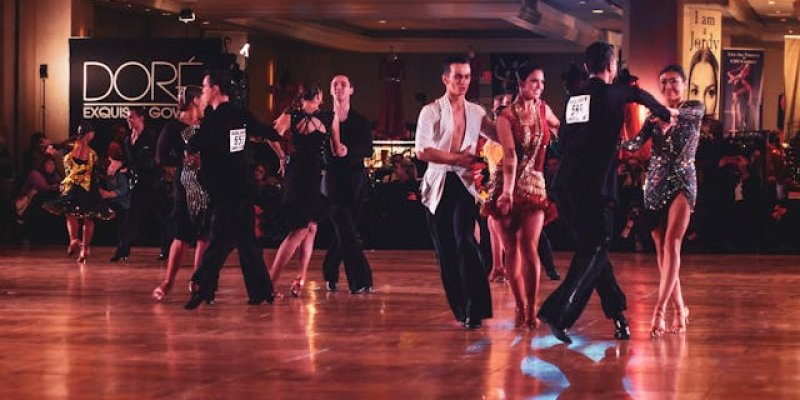
Having a good sense of rhythm means that you have a strong ability to understand, feel, and execute timing patterns in music or movement. It involves several key aspects:
Steady Pulse: You can consistently keep time with a steady pulse or beat, whether it's tapping your foot, clapping, or playing an instrument. This ability to maintain the beat is fundamental to having a good sense of rhythm.
Synchronization: You can align your movements or playing with the beat of the music, staying in sync with other musicians or dancers. This is crucial in ensemble performances or group activities.
Rhythmic Accuracy: You can accurately perform or reproduce rhythmic patterns, whether they are simple or complex. This includes recognizing and executing note durations like quarter notes, eighth notes, triplets, syncopations, etc.
Pattern Recognition: You can identify and predict rhythmic patterns in music, understanding how rhythms repeat, vary, or evolve over time. This helps you anticipate changes and stay in time.
Tempo Changes: You can smoothly adapt to changes in tempo, whether the music speeds up, slows down, or involves sudden shifts. This flexibility allows you to stay in rhythm even as the pace changes.
Complex Rhythms: You can handle complex or irregular rhythms, such as polyrhythms (two or more conflicting rhythms played simultaneously) or odd time signatures (e.g., 5/4, 7/8). Being comfortable with these complexities shows a deep sense of rhythm.
Body Movement: You can coordinate your body movements with rhythm, whether in dance, drumming, or playing an instrument. This physical embodiment of rhythm shows how well you internalize and express timing.
Muscle Memory: Over time, your body develops muscle memory for specific rhythms, allowing you to perform them naturally and without conscious effort.
Groove: You can create or feel the "groove" in music—a natural, flowing sense of rhythm that makes music feel compelling and alive. This is often what makes music feel good to listen to or dance to.
Emotional Expression: You can use rhythm to convey emotions, using subtle variations in timing, accent, and intensity to express feeling. This is a key part of musical phrasing and dynamics.
Active Listening: You are attentive to the rhythms of others, whether in a group setting or when accompanying another musician. This awareness allows you to interact rhythmically in a cohesive and supportive way.
Responsiveness: You can respond to rhythmic cues from others, adjusting your timing or accent to fit the overall rhythm. This is important in collaborative settings, like bands, choirs, or dance troupes.
Practice Techniques: Developing a good sense of rhythm often involves specific practice, such as using a metronome, clapping exercises, or rhythmic dictation. These practices help you refine your timing and rhythmic accuracy.
Consistency: A strong sense of rhythm comes from consistent practice and immersion in rhythmic activities, whether through playing music, dancing, or other rhythmic exercises.
In summary, having a good sense of rhythm means that you can internalize and execute timing patterns accurately, adapt to changes, and express yourself rhythmically in a way that feels natural and engaging.
This skill is crucial for musicians, dancers, and anyone involved in activities where timing and coordination are essential.

As a session singer, writer, and producer that has worked with over 300 clients to provide high-quality jingles, singles, and features, Yona spends her time creating and marketing new music and helpful resources for creators. Check out Yona’s latest releases on her Spotify, her Youtube and share if you like it!
If you are in need of singer, songwriter or song producer services, see what Yona Marie can offer you on her services page.